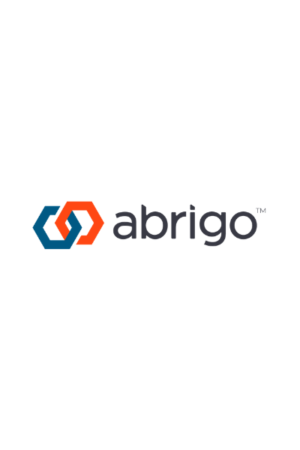Loan administration is a critical element for the safety and soundness of an institution. While the sophistication of loan administration software will depend on the size of the institution and the complexity of its portfolio, some functions should be integrated:
1. Accessibility of data for loan officers, managers and potentially external loan review personnel. Adequate loan administration software will allow an organization to access the hundreds of thousands of documents that some banks have on file. The time it takes to produce these documents is also essential to consider. Access should be easy but not at the expense of data security. Make sure redundant security measures are in place and the required encryption standards.
2. Consistent and on-time communication. Responsibility for client correspondence is often split between loan officers or other parties in the bank, so letters or emails sent to borrowers may vary significantly. A sound loan administration system will coordinate communication across the bank to be more consolidated, consistent, and timely. In addition, leveraging lending correspondence software creates a better user experience and streamlines the internal processes.
3. On-demand reporting for exception, covenant, and document tracking. Many banks and credit unions must pull loan-related information from their core processing system and either combine it with data from paper files or manipulate it to monitor the health of the loan. A loan administration system that efficiently provides automated reports or that standardizes risk ratings helps bankers perform loan reviews quickly. It’s also important to track these exceptions in aggregate across the portfolio, as they point out holes in underwriting standards or compliance problems. In addition, upper management and examiners will appreciate immediate access to essential reports and data.
4. Workflow or audit trails for accountability. Given the specific work-completion timelines required by the Fair Housing Act, great importance is placed on the dates of client communications. If credit administration is conducted manually, through paper files and notations, accountability might be more challenging to enforce, and timeliness might be more difficult to demonstrate.
5. Customizable ticklers or workflow to accommodate the institution’s underwriting policies and covenants. This function offers bankers flexibility to change the loan administration process and control the consistency between loans. For example, when a change in underwriting policy is made, the relevant ticklers can be updated bank-wide to ensure that various loan officers enforce the change within any given relationship.
6. Data security. Given the confidential nature of many loan documents, data in credit files can contain the most sensitive of bank information. Institutions relying on paper files assume the risks associated with physical damage and other unsecured access.
A management information system or web-based loan administration solution could address these essentials and provide some added benefits. For example, a solution that bridges the core processing system and underwriting system(s) can allow an institution to conduct post-closing reviews and periodic checks more efficiently by developing ticklers and automatically generating client emails, letters, or phone lists.
Overall, customer expectations around service times have only grown shorter and financial institutions need to find efficiencies in their life of loan processes wherever they can. Consolidating data, standardizing processes, and maintaining consistent communications are all table stakes that should be vetted when reviewing new loan administration software.

